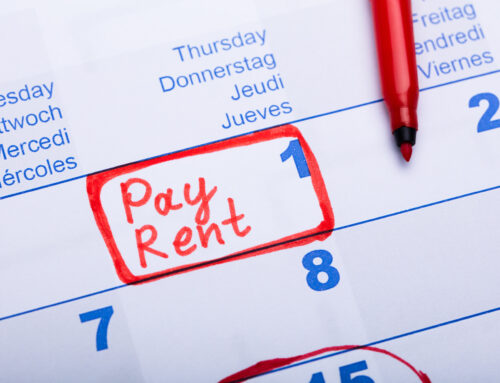If you asked the average person “What’s your salary?” or “How much money do you make?” 99% of the population could tell you an exact dollar amount. If you asked those same people how their overall assets compared to their liabilities, many wouldn’t have a clue. This data is crucial because it is how you come up with your actual net worth.
Most people can tell you what their biggest expense is and how they are actively working to make it smaller. They can tell you how much money they have left on their car loan, and when they plan to pay it off. A good majority of people know their finances each month, but they don’t know their full financial situation.
Creating a personal financial statement is a great way to get clear on your financial situation. A personal financial statement is a document or spreadsheet that outlines an individual’s financial position at a given point in time, specifically a breakdown of total assets and liabilities. The statement can help individuals track their financial goals and wealth.
A personal financial statement shows the individual’s net worth which reflects what that person has in cash if they sell all their assets and pay off all their debts. If their liabilities are greater than their assets, the financial statement indicates a negative net worth. If the individual has more assets than liabilities, they end up with a positive net worth. Keeping an updated personal financial statement allows an individual to track how their financial health improves or deteriorates over time.
A personal financial statement is broken down into assets and liabilities. Assets include the value of securities and funds held in checking or savings accounts, retirement account balances, trading accounts, and real estate. Liabilities include any debts the individual may have including personal loans, credit cards, student loans, unpaid taxes, and mortgages. Debts that are jointly owned are also included. Married couples may create joint personal financial statements by combining their assets and liabilities.
The following items are not included in a PFS:
These are excluded unless the individual is directly and personally responsible. If you have a personal guarantee then it is included in your personal financial statement.
Anything rented is not included in personal financial statements because the assets aren’t owned. This changes if you own the property and rent it out to someone else. In this case, the value of the property is included in your asset list.
Personal Property is not normally included in a personal financial statement unless it is highly valued and can be priced by an appraiser.





